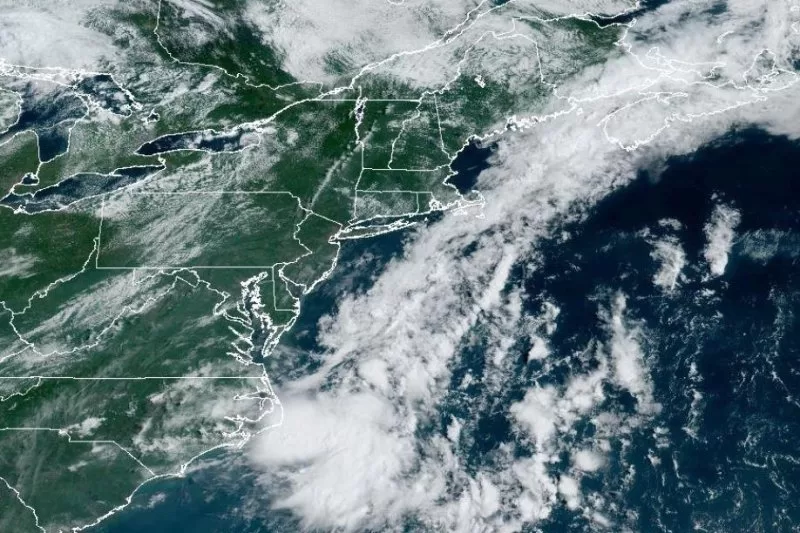Debby was downgraded to a post-tropical cyclone Friday. Photo courtesy NOAA
Aug. 6 (UPI) — The National Hurricane Center late Friday ended tracking of Debby, the fourth named tropical storm, after forming one week ago.
Debby became a Category 1 hurricane, making landfall in the Florida Panhandle on Monday morning. Four deaths were reported in Florida and another four as it moved up the coast through the Carolinas.
Accuweather.com reported torrential rain will produce small stream and river flooding in the Appalachians of the Northeast, then flash urban flooding from Interstate 95 to the coastal communities along the East Coast through Canada.
Debby was downgraded to a tropical depression by late Thursday afternoon, and was a post-tropical cyclone on Friday.
“Areas of heavy rainfall continue across portions of New England and southern Quebec,” NHS said in its last posting at 11 p.m. Friday. “Improving conditions expected Saturday morning as Debby moves rapidly to the northeast.”
In the posting, Debby was about 140 miles east-northeast of Montreal, Quebec, and about 160 miles northeast of Burlington, Va. Sustained winds were 35 mph as the storm moved northeast at 39 mph.
A flood watch was in effect for northern New Hampshire.
In Charlotte, officials and residents prepared for flash flooding as Duke Energy reported more than 24,000 customers in Mecklenburg County were without power as of Thursday morning.
On Saturday morning, Poweroutages.us reported 42,186 without power in New York and 23,752 in Vermont.
Dozens of downed trees were reported across the city of Charlotte.
The storm first made landfall in Florida’s Big Bend area Monday as a Category 1 hurricane, before weakening as it moved across the eastern coasts of Georgia and South Carolina. It made its second landfall around 2 a.m. Thursday about 20 miles northeast of Charleston, S.C., and 65 miles southwest of Myrtle Beach, S.C.
The only other Atlantic hurricane this year was Beryl, which struck parts of the Caribbean, the Yucatán Peninsula, and the Gulf Coast of the United States in late June and early July.

